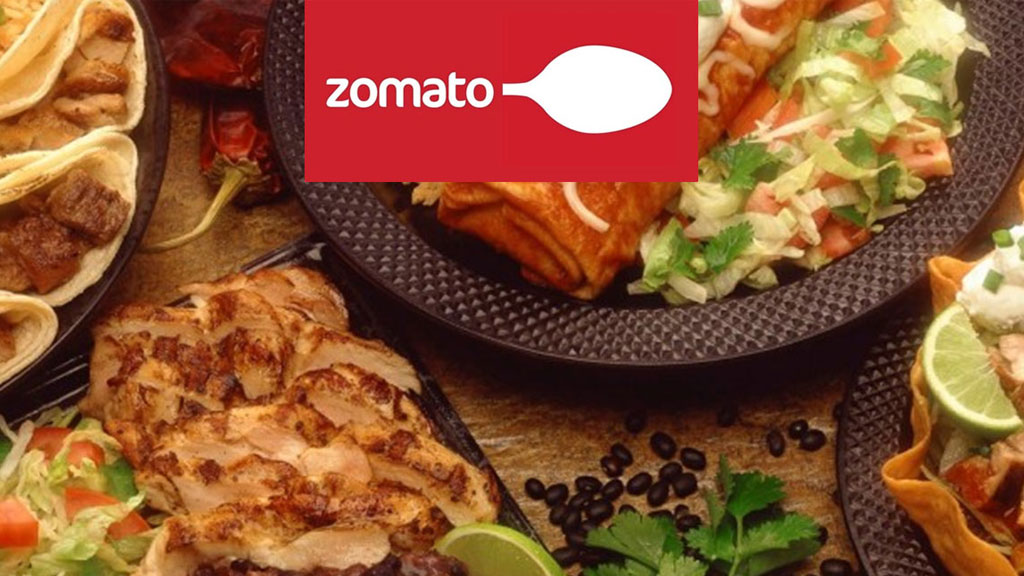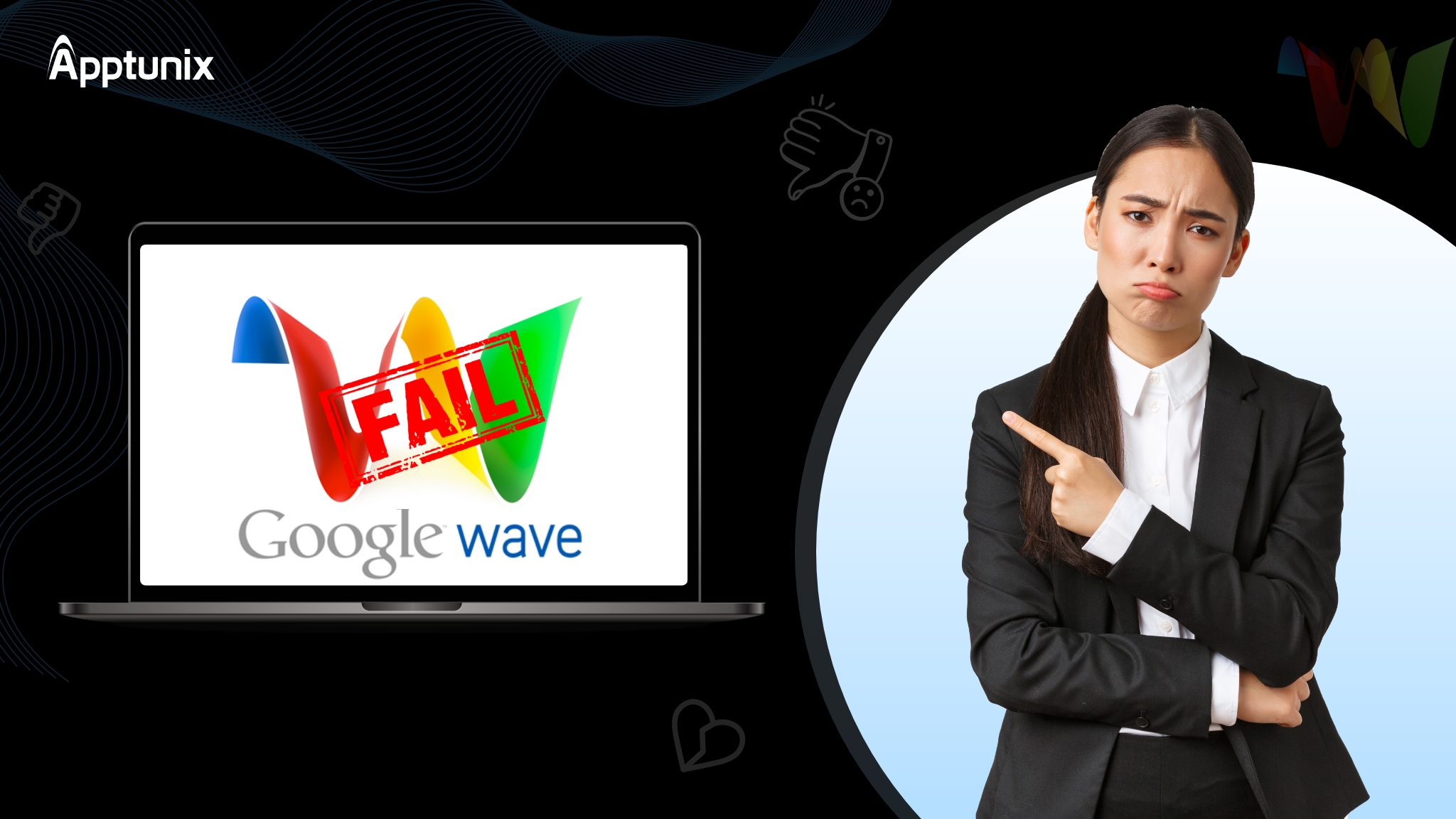Don't miss the chance to work with top 1% of developers.
Sign Up Now and Get FREE CTO-level Consultation.
Confused about your business model?
Request a FREE Business Plan.
5 Lessons to Learn from On Demand Laundry Service Washio’s Failure
Table of contents
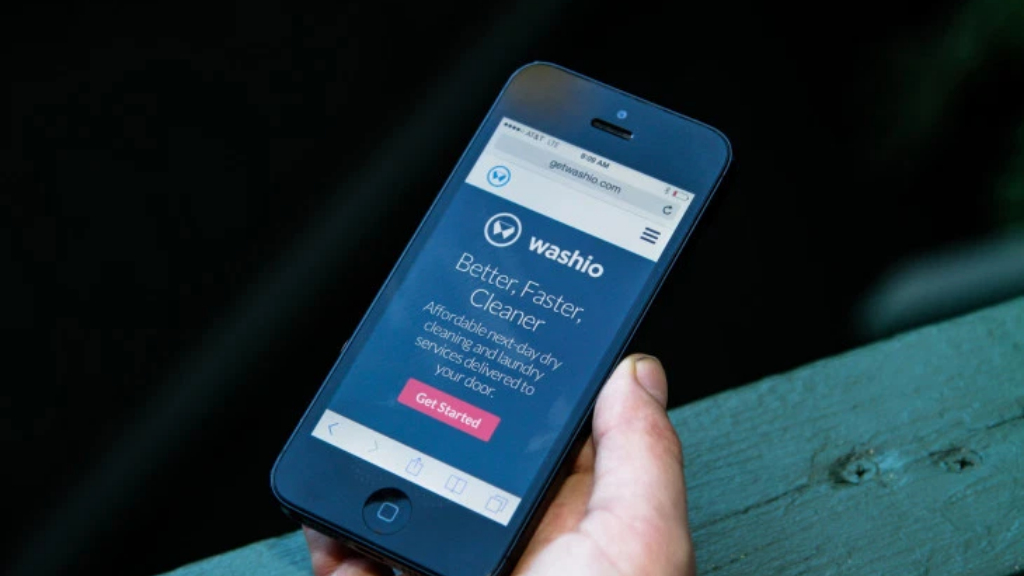
On-demand services have turned into an inseparable part of our lives. If you don’t have enough pizza for your house party, you can order and get pizza at your doorsteps using Grubhub or Postmates. If you’re in a rush for a meeting, you can always depend on Uber. But, is there anything you can do with a heap of clothing when you have no desire or time for washing? This is where on demand laundry service prove to be useful.
Online laundry services have turned out to be popular because they enable individuals to dedicate their time to important tasks as opposed to washing. Today, the industry is growing and can get critical revenues for business minded people.
As per statista, it is estimated that the revenue of laundry and dry cleaning services in the U.S. will amount to approximately 7,660 million U.S. dollars by 2022.
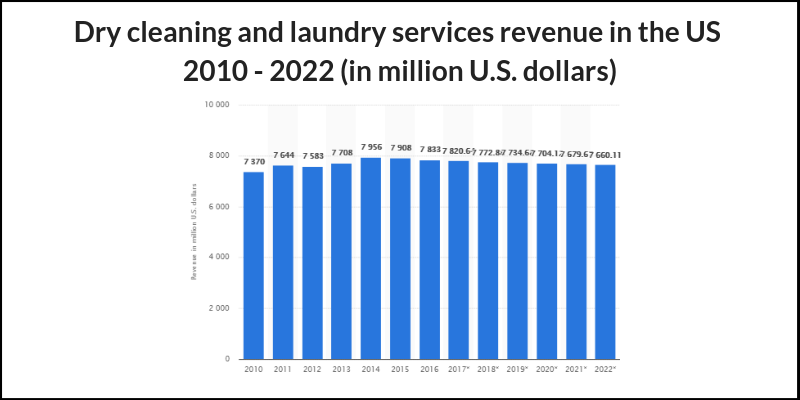
But, what it needs to set up a fruitful business in on-demand laundry industry? Having such immense potential in this market, for what reason are there only a few major players? Why applications like Washio are bombing even after offering convenient and timely services to customers? You will find the answer to every one of these questions in this blog. Read on!
What Was Washio – an On Demand Laundry Service Mobile App That Is Now Washed Up
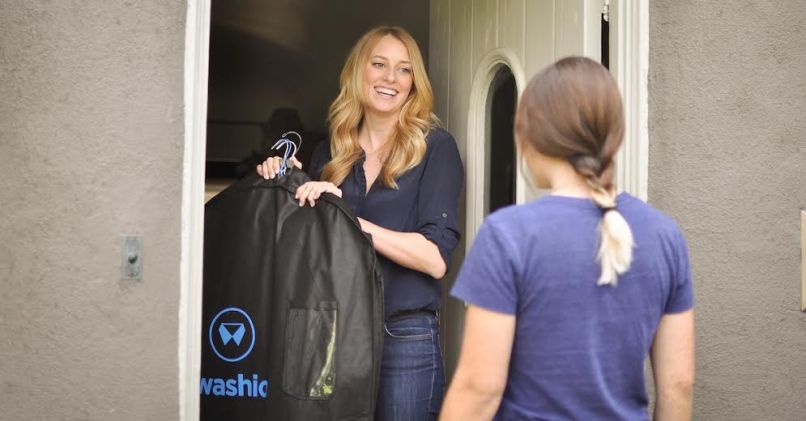
Washio was the main contender for on demand laundry market until August 2016. Then it needed to close down with a message that says ‘it sometimes works, it some of the times doesn’t. Washio raised $16.82 million in funding from investors like AME Venture Partners and Canaan Partners and even had funding from celebrity Ashton Kutcher.
Washio also had a cutting-edge addition called WashioNow that specialized in 24-hour workflow, time-bound pickups as well as deliveries. They additionally extended to Los Angeles, Boston, Chicago, Oakland, San Francisco, New York, and Washington D.C. Their service charges were quite worthwhile – a $5.99 delivery charge and $2.15 per pound of clothes, in addition to charges for extra services.
But, the sort of growth it was making turned out to be insufficient for surviving in the on-demand world. Here is why it failed:
Slow Growth
The on demand laundry service, similar to all on-demand services, is liable to the new economy’s unpredictable laws. While resource ownership and different things may not be entirely important in it, continuous growth is. This industry needs companies to adapt quickly and scaling appropriately when they see exponential growth.
So while Washio developed fast, it wasn’t quick enough – just 7 cities in 3 years. According to on-demand rules, growth needs to be faster.
The Competition Was Intense
At that time, Washio wasn’t the only player in the market. Cleanly, Flycleaners and Rinse are only a couple of names in this race, and Washio was attacked on all sides since they were not able to differentiate their services from others. Without a doubt, they used to send cookies with their deliveries and later, as a healthy option they started sending flax crostini – but that was simply not enough for getting the edge over other players.
Their Employees Were Dissatisfied
The only space where Washio utilized differentiation was between their employees who handled the process, and their deliverymen who they named ‘ninjas’. Young, smart and agile, these individuals got a greater number of advantages than the individuals who did all the dirty work behind the scenes, and that is certainly not the right sort of work culture to endorse.
They Were Not Able to Understand the Market Needs
When Washio first came into the market, it guaranteed a quick pickup- – frequently inside 24 hours. But in 2015, the company presented WashioNow. It sped the process, even more, promising pickup inside the hour and clean clothing back in your home inside 24 hours.
While WashioNow is unquestionably a lucrative idea, does it truly need to be executed at any expense in the laundry industry? And, that too at the cost of unhappy employees? Perhaps not. On demand laundry industry doesn’t have to guarantee such instant gratification. Instant gratification and speed may apply to food deliveries and other such sectors, however, in laundry it is not that necessary.
Less Profits
There is no uncertainty that laundry business is a low margin business. While clients want to have their clothes delivered at home, they don’t want to pay even a single extra penny for the same. It is estimated that 60% of Washio’s expenses went to outsource the actual washing and folding work, so quicker services imply higher costs. Furthermore, their business model was not ready to endure the expenses in an industry with already thin margins.
Key Takeaways From Washio’s Failure
With each failure comes an incredible opportunity for learning. Organizations offering on demand laundry services should observe Washio to learn from their mistakes. Based on Washio, and the trends of the current on-demand market, there are 5 key lessons that businesses can learn.
1. Be Active, Grow Fast, Really Fast
With the end goal to win in the on-demand world, particularly with “Uber for X” trend, you need to move fast. You need to hit the peak, make buzz, and just focus on growing your business. If you don’t, another, better funded startup will come in and own the space. Washio grew to just 7 cities in 3 years. That may be acceptable for other industries, but in the on-demand world, that sort of growth simply doesn’t count.
2. Set Your USPs
As mentioned earlier, the on-demand industry is pretty crowded. With the end goal to gain ground, organizations need to set up differentiation from their rival – they should offer something easy to understand.
3. Treat Your Employees Well
Employees are a crucial pillar for every business. Even in the on-demand world, where numerous employees are “independent”. It’s essential that those working for your organization and also the ones that represent your organization to the end-clients are happy and well treated. Happy workers will eventually mean happy customers, which is the way an organization wins.
4. Focus On Quality
One of the greatest issues for Washio was the poor quality of their work in spite of the high price. Reviews on their application and others websites were loaded up with unhappy customers saying things like:
“The service is ridiculously expensive… Given the cost I would expect my things to be folded nicely and maybe have my socks bound together with a rubber band like every other laundry service in SF. Instead, I received a pile of clothes and a heap of socks — some folded one way, some folded another way, some not folded at all.”
5. Amazing Customer Experience Is Crucial
This experience incorporates everything, from the application users use to order your services, to the experience they get while waiting for their order – and the overall customer support they get. Engaging the customers amid the delivery procedure is equally important. Having visibility is the thing that users need, it is one reason Uber has been so successful.
To get more insights into the on demand world have a look at How Hailo – An On Demand Taxi App With $100 Million In Funding Failed In The US.
Wrapping Up
So, this was the story of Washio. If you are planning a venture into this field, do keep an eye out. The business is unpredictable and ripe for selecting; however, weighing your chances before going into the shred may simply spare you from a similar destiny. All the best 🙂
Rate this article!
(14 ratings, average: 3.86 out of 5)
Join 60,000+ Subscribers
Get the weekly updates on the newest brand stories, business models and technology right in your inbox.

Humane yet subtle, Naiya is a girl full of ideas about almost everything. After earning a bachelor’s degree in computer science and engineering, she decided to merge her technical knowledge with her passion for writing – to accomplish something interesting with the fusion. Her write-ups are usually based on technology, mobile apps, and mobile development platforms to help people utilize the mobile world in an efficient way. Besides writing, you can find her making dance videos on Bollywood songs in a corner.

App Monetization Strategies: How to Make Money From an App?
Your app can draw revenue in many ways. All you need to figure out is suitable strategies that best fit your content, your audience, and your needs. This eGuide will put light on the same.
Download Now!Have a Digital Solution ? Don’t Let It Fail.
Make your solutions future ready by using the right tech stack.


